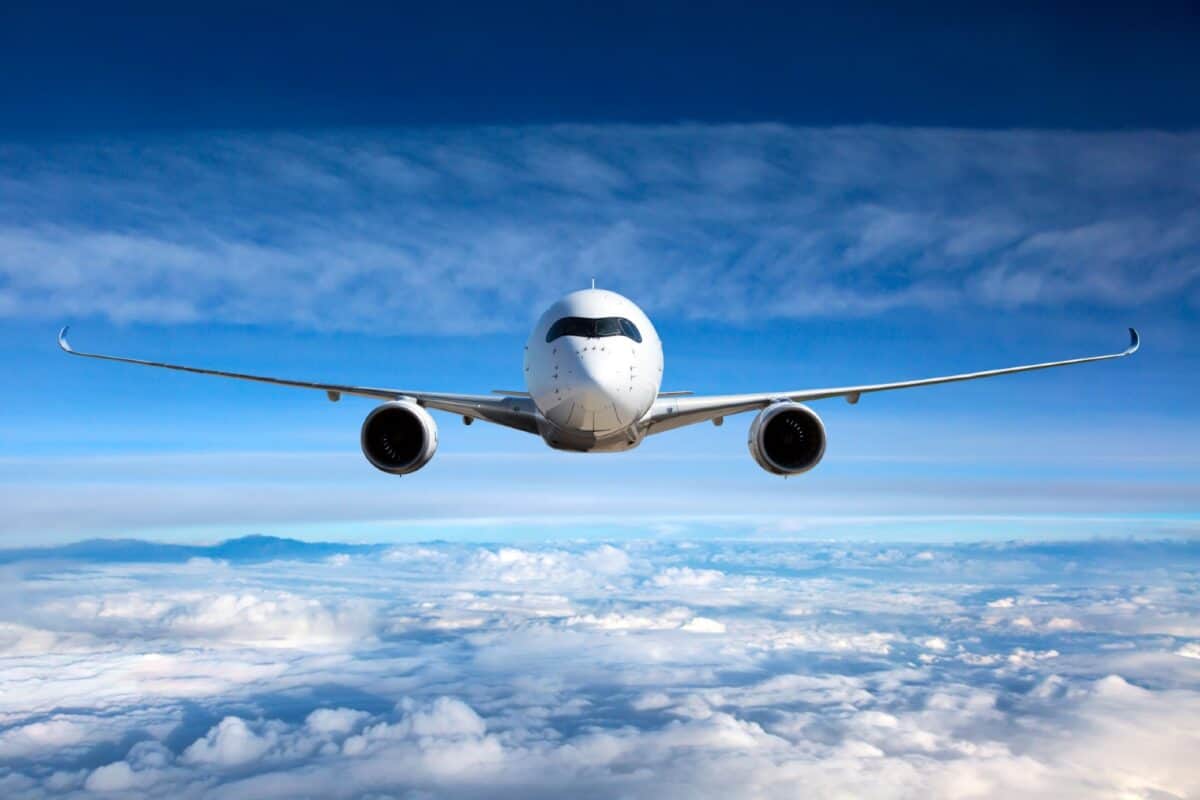
Image source: Getty Images
IAG (LSE:IAG) shares have surged 20% over the past month. It’s outperformed the FTSE 100 by some distance and has broken out of range — the stock appeared range-bound for much of 2023. So why has IAG stock surged and is starting to look overvalued? Let’s explore.
Consensus improves
Analysts have become increasingly bullish on the British Airways and Iberia owner in recent months. The stock now has seven ‘buy’ ratings, four ‘outperform’ ratings, and four ‘hold’ ratings. There are no ‘sell’ or ‘underperform’ ratings.
The average share price target is also a good way of understanding whether a stock is undervalued or overvalued. Currently, the average share price target for IAG is £2.25, which represents a 29.1% premium to the current share price. This is definitely a good sign.
However, it’s worth bearing in mind that share price targets aren’t always accurate. They can be a great barometer but its always worthwhile recognising they aren’t always updated that frequently, meaning they can be out of date with some fast-moving stocks.
Upgrades galore
IAG received several high profile upgrades in March that helped propel the stock upwards. RBC Capital Markets raised its rating to ‘outperform’ from ‘sector perform’ while increasing its IAG 2025 earnings per share estimate by almost 60%.
JPMorgan Cazenove also gave IAG a double upgraded, expecting the shares to rise to ‘overweight’ from ‘underweight’. The group lifted the price target to €2.50 from €1.45 and, more recently, put the firm on ‘positive catalyst watch’ ahead of Q1 results.
Finding value
While it’s great to use brokerages’ guidance, it’s even better if we can look to validate these positions with our own calculations. IAG is forecast to earn 36.8p in 2024, 40.3p in 2025, and 43.7p in 2026. As such, it’s looking cheap at 4.8 times forward earnings. Moving forward to 2025, that falls to 4.3 times and four times in 2026.
That’s very strong data and the growth prospects look pretty positive too. In fact, with a medium-term growth rate of 5.8%, we come to a forward price-to-earnings-to-growth (PEG) ratio of 0.81. This is one of the strongest PEG ratios I’ve come across on the FTSE 100.
I also need to compare it against peers. Ryanair‘s the sector leader in terms of the multiples it trades at. The company’s trading at 16.2 times forward earnings, 12 times forecasted earnings for 2025, and 12.2 times earnings for 2026. It’s clear where the value lies — IAG. Having compared IAG more broadly with its peers, it does stand out as among the best value in sector.
The bottom line
IAG offers good value, according to the forecasts. Its business strategy also appears to be performing. Among other things, it’s got a strong fuel hedging strategy that could give it an advantage in transatlantic routes where its US peers don’t hedge — the caveat being IAG’s US partners don’t hedge either. Despite the hedging strategy, aviation fuel volatility does represent a risk for IAG.
But finally, while this might sound trivial, IAG’s fleet is more diverse than Ryanair, and is mostly composed of Airbus aircraft. By comparison, Ryanair only operates the Boeing 737 platform — including 90 737-Max aircraft. There have been safety concerns about the aircraft, and production rates are falling. I’d rather not fly on a 737-Max myself!

